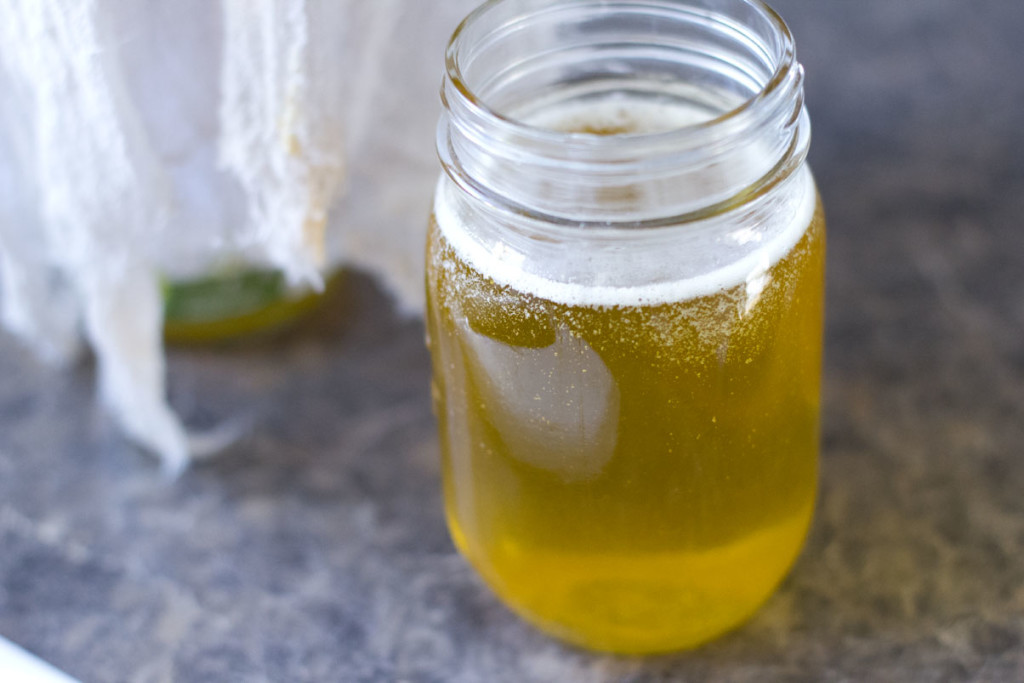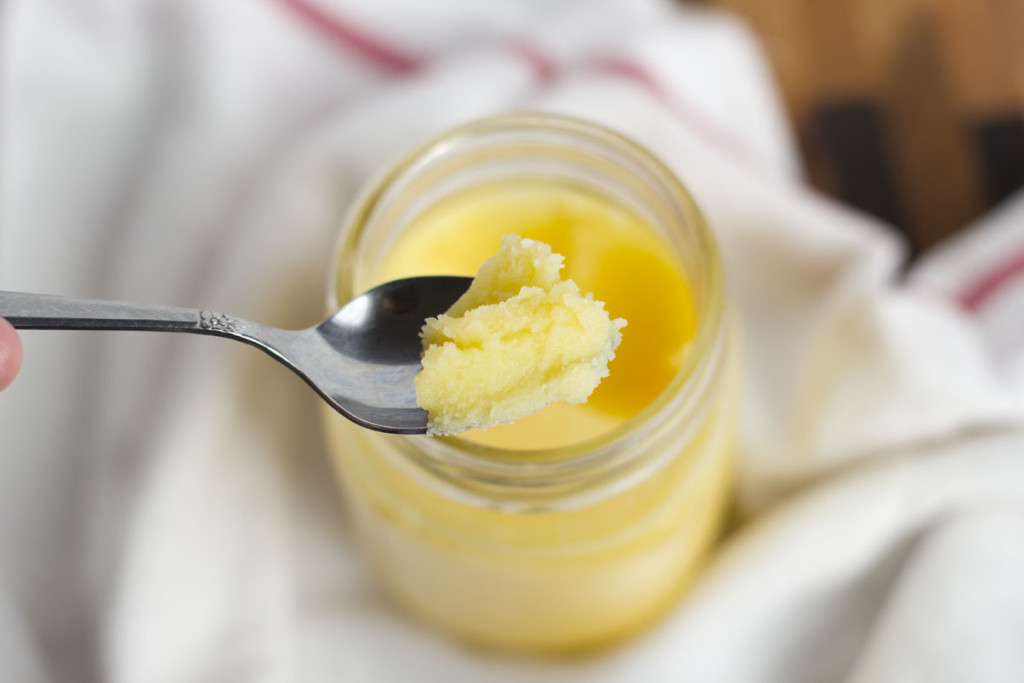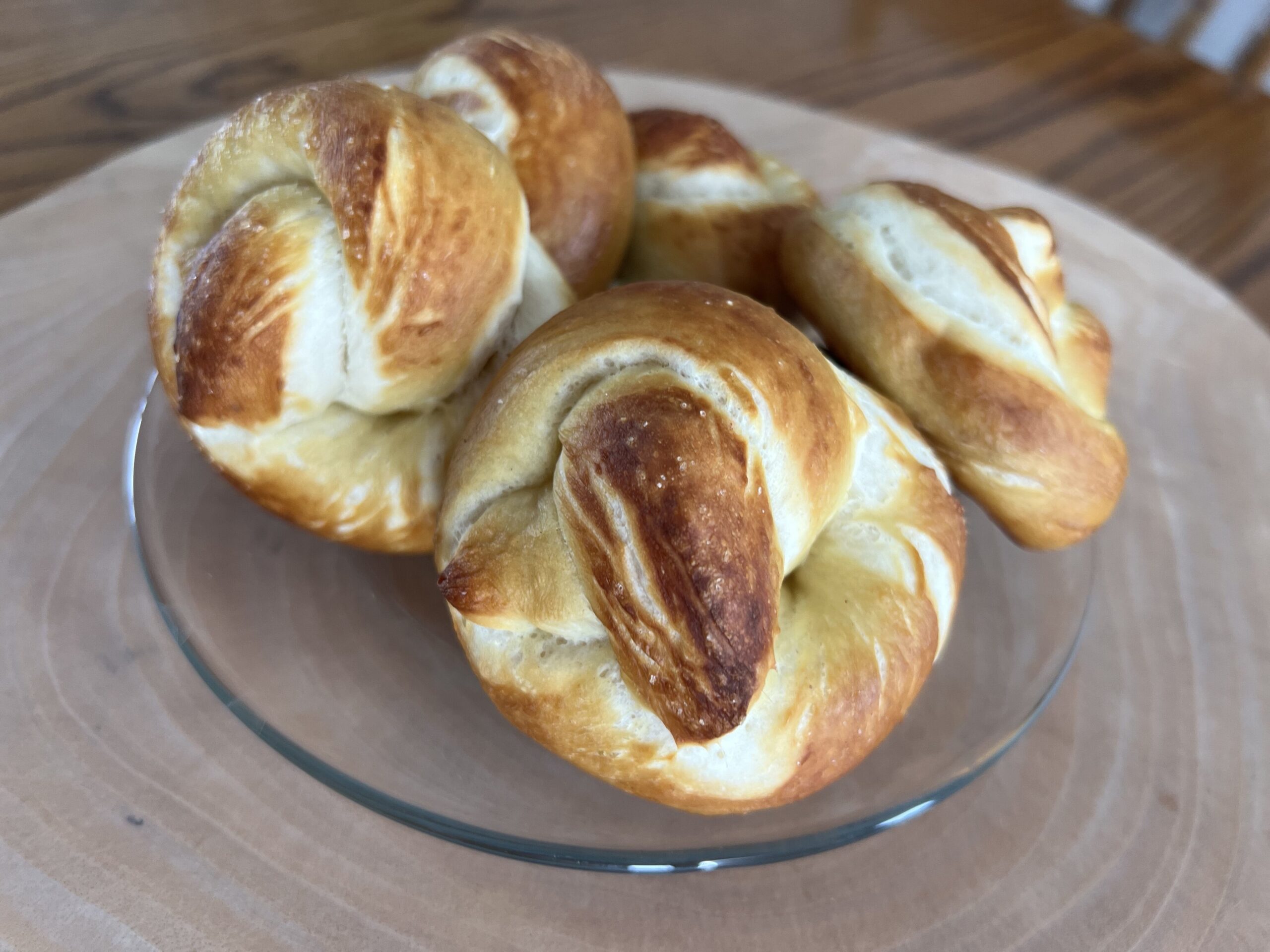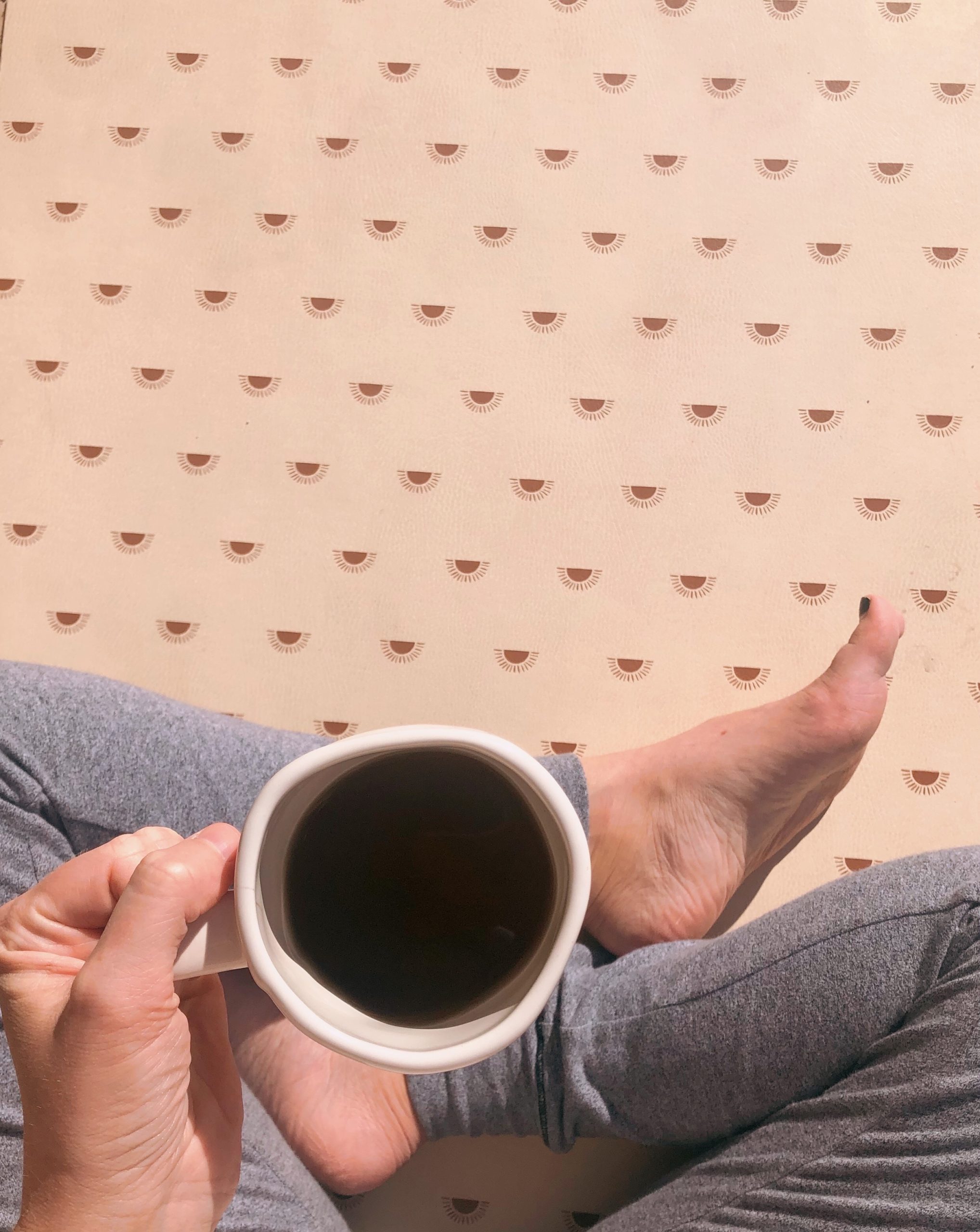If you have done a round of Whole30 or have been involved in the Paleo world at all, you have most likely heard of Ghee. But what is it?!?! Why should we be using it as one of our cooking fats? (Trust me, you should!) Let’s talk about the benefits of Ghee, and then I will tell you exactly how to make it in a follow-up post (it’s incredibly easy).
What is Ghee?
Ghee is a type of clarified butter. High quality butter (to retain all benefits) is heated to separate the milk solids from the liquid fat. Taken on step further to produce ghee, the liquid continues to cook and the solids caramelize and brown, producing a nice nutty flavor. The liquid leftover after the milk solids are removed is ghee.
Ghee is traditionally used in Indian cuisine and has been used in Ayurvedic medicine for centuries.
Benefits of Ghee
That’s all fine and dandy, but WHY? This is the important part. Sure, you could eat ghee just because it’s honestly stinking delicious — you get the taste of butter without the dairy sensitivity that many people suffer from. I wouldn’t claim ghee to be 100% dairy free because I can’t test such things, but it is lactose free and has minimal casein remaining.
Some facts about Ghee
- has a high smoke point, so you can roast and fry with it at high temperatures without it breaking down into free radicals (what happens when oils are heated beyond their smoke point, they break down and become poison, basically).
- high in oil soluble vitamins A, D, E, and K2 — which are important for absorption of other important vitamins and minerals throughout the body.
- very shelf stable and doesn’t spoil easily. Unless you expose ghee to moisture or a lot of sunlight/air, it should stay fresh for a very long time. Store in a cupboard for frequent use or in the refrigerator for up to a year.
- high in Conjugated Linoleic Acid (an antioxidant with antiviral properties if sourced from grass fed cows – this is where the quality of your butter makes all the difference).
- just like coconut oil, ghee is rich in medium chain triglycerides (MTCs), which are converted and used as energy by the body, not stored. This makes it an excellent fuel source for athletes.
- because of the MCTs it contains, ghee aids in weight loss because those fats are used to help burn other fats in your system. BONUS, RIGHT?
- Butyric acid
- ghee is different from other oils because it contains butyric acid — a short chain fatty acid that good bacteria in the gut produce from fiber. The butyric acid is then used for energy and intestinal wall support. This means your body is already making its own form of ghee, but if you also consume it you are adding a lot of support to your system! it’s like eating probiotics, prebiotics, and fiber all in one.
- those with an unhealthy gut don’t produce butyric acid – so if you are having digestive issues, ghee can help get that production going again.
- studies have shown that an increase of butyric acid in the gut leads to more killer T cells being produced. This means your immune system is strengthened.
- because of this butyric acid, ghee also helps reduce inflammation. Read: cancer and other diseases, which all stem from inflammation.
- it stimulates digestive juices, which aids in digestive function, unlike some other fats which can slow down digestion.
How to use it
ON ALL THE THINGS. If you have been dairy free and are missing your butter, here is your chance. I drizzle onto veggies, fry eggs, brown meat, put onto natural yeast toast, you name it. Wherever you need a cooking fat or where you would use butter for flavor, use ghee!
It’s no secret that I love fat. Ghee is no exception. It’s actually in my top 3 choices for cooking fats because of the numerous benefits. It has an edge on the other fats because of the vitamins it contains in high quantities and the butyric acid content which can’t be beat.
I will post how to make your own next, because if you have ever purchased a tiny bottle of ghee from the store or online you know it’s PRICEY. It is completely affordable to make at home and could not be easier!








[…] my last post about the benefits of ghee, I promised an easy method to make your own. There are two ways to make ghee. I have tried both and […]